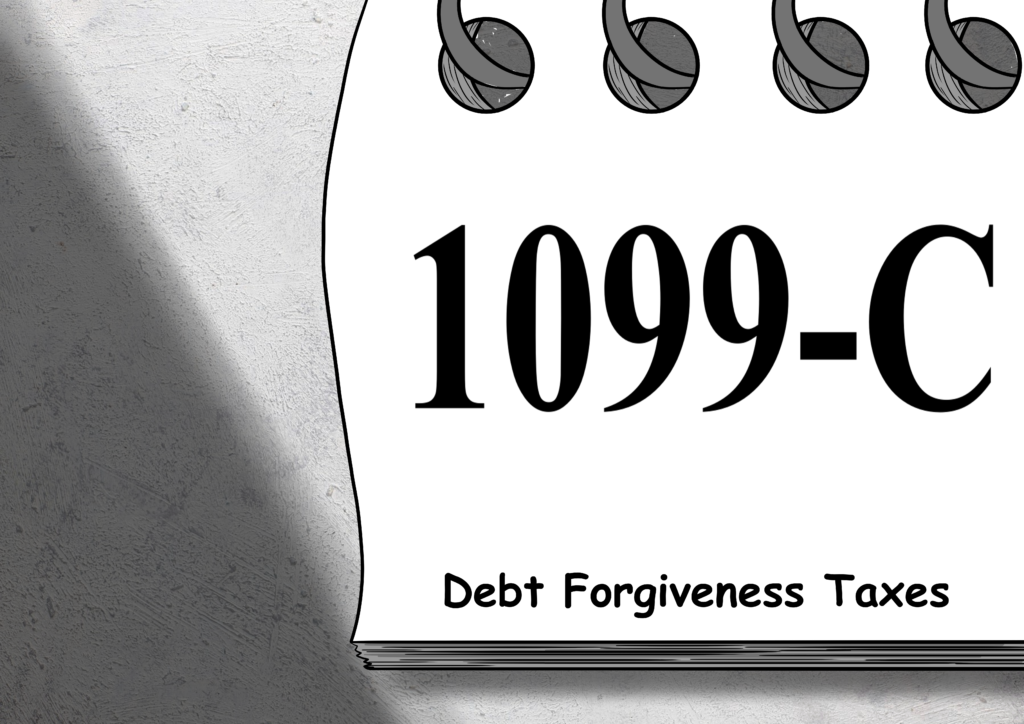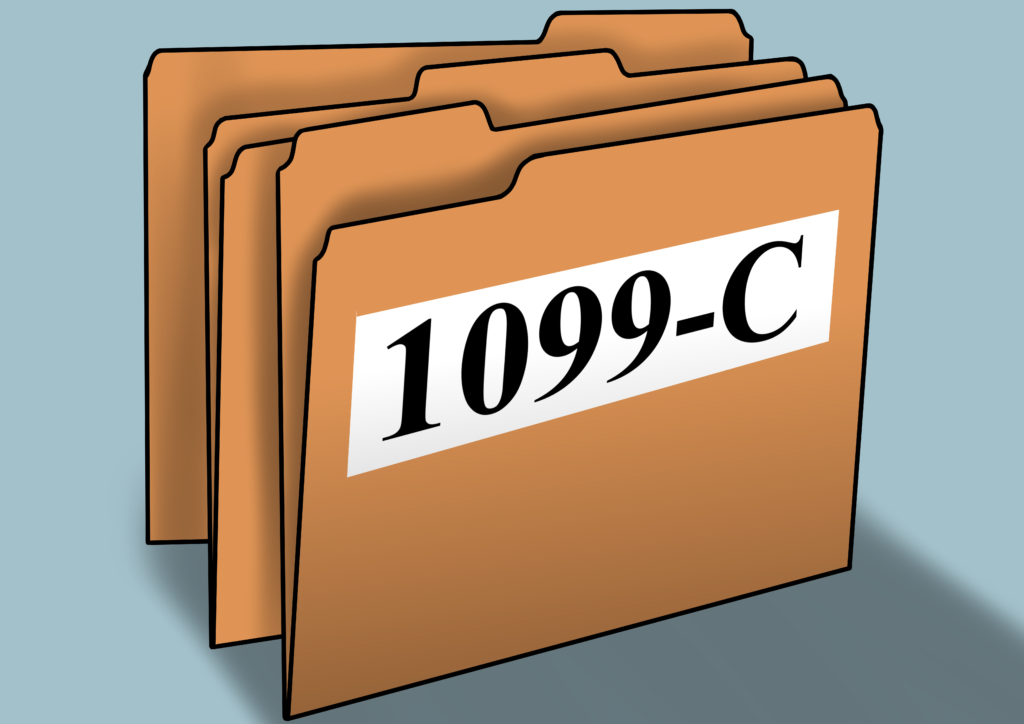Summary
While the news of canceled debt brings a sense of liberation and promises a brighter financial future, it’s crucial to address the often-overlooked tax implications of this event—recording this debt forgiveness on your tax return.
A valuable tool for understanding this procedure is Form 1099-C, which precisely lets you record the forgiven debt and determine how it affects your taxes.
This guide explains Form 1099-C and will help you handle filing debt cancellation reports. We will discuss when this form applies, study its main parts, and explore how it affects your taxes.
Whether new to finances or experienced, this resource will help you understand debt cancellation and taxes. Let’s begin our exploration.









